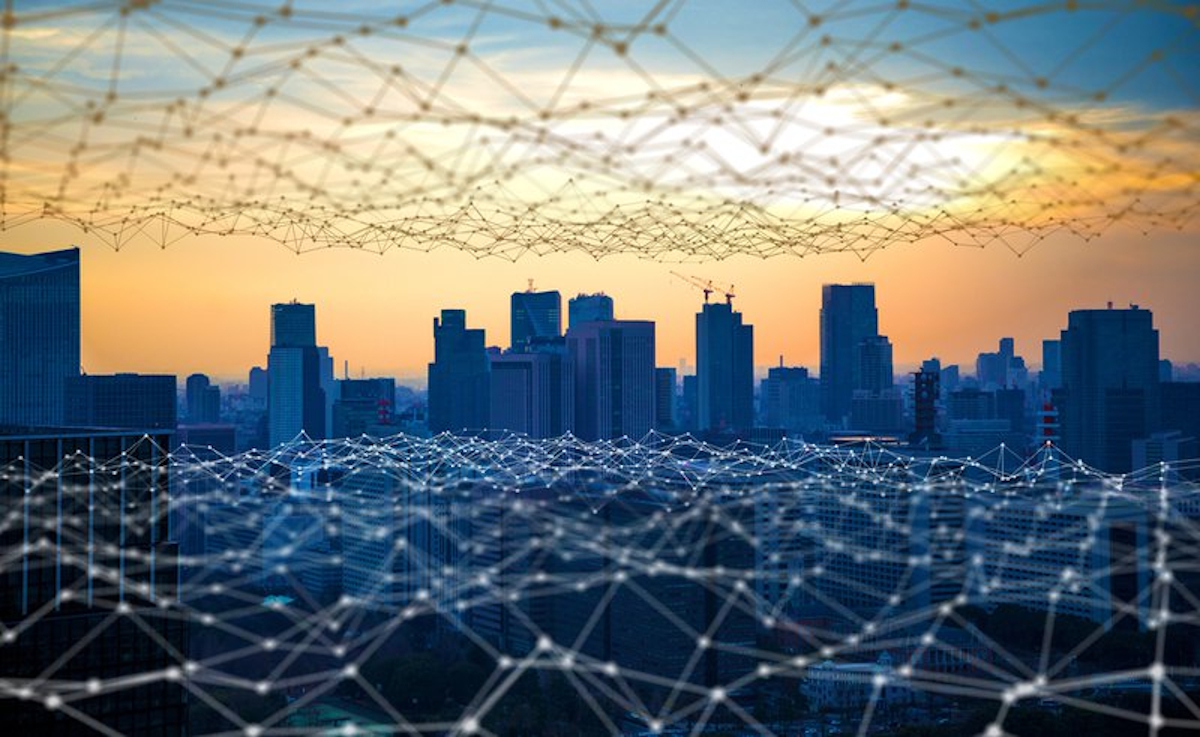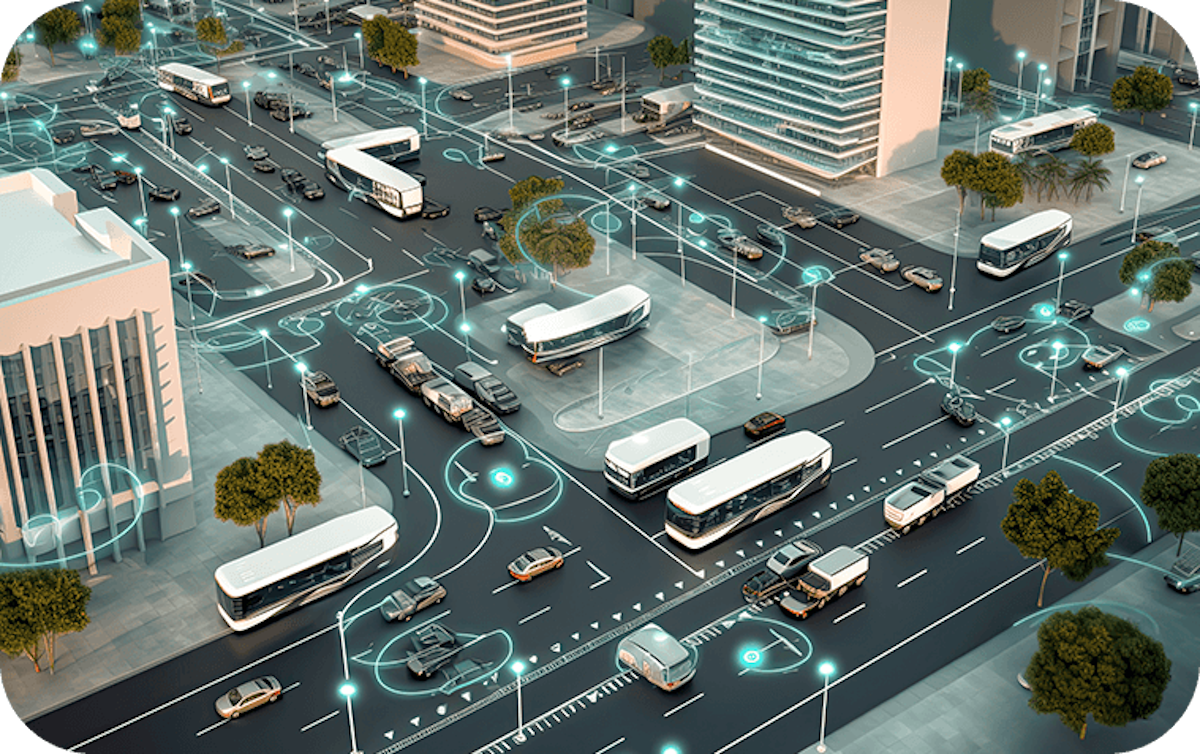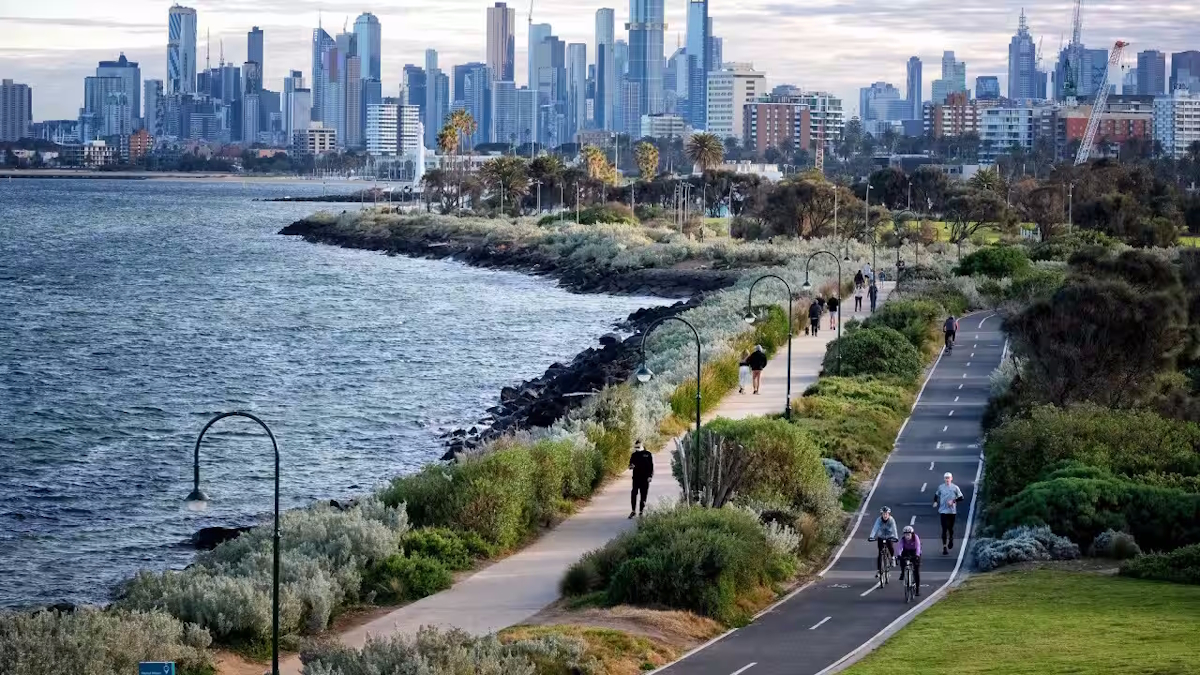As cities around the world confront mounting challenges in urban planning, mobility, sustainability, and public safety, artificial intelligence is emerging as a transformative force in municipal governance. Far from replacing human leadership, AI is equipping mayors and city officials with powerful tools to make smarter, faster, and more informed decisions. From optimizing infrastructure to predicting demand and enhancing citizen services, the integration of AI is reshaping how cities operate and evolve

The recent election of Zohran Mamdani as the mayor of New York has sparked widespread conversation among municipal leaders and experts attending the Smart City Expo World Congress in Barcelona. His victory has been celebrated not only for his progressive agenda but also for his ability to forge a strong, direct connection with voters through transparent communication and a focus on everyday urban challenges such as housing, transportation, and social equity. While his leadership represents a generational shift in political engagement, it also reflects a broader transformation taking place in cities around the world — one in which digital technology, and particularly artificial intelligence (AI), plays an increasingly central role in urban governance.
This growing intersection between AI and municipal administration is redefining the capabilities of local governments. AI is not positioned as a replacement for human leadership but as a sophisticated support system that enhances decision-making, resource allocation, public safety, and citizen engagement. In what some attendees of the Expo humorously refer to as “Mayor-AI” — a fusion of mayoral responsibilities and artificial intelligence — we see a new paradigm emerging. This is not limited to global cities like New York, but also includes municipalities of various sizes and geographies, from Barcelona to Kuala Lumpur, Salt Lake City, and beyond. The integration of AI into the functions of city halls holds the potential to not only improve operational efficiency but also to fundamentally reshape the way policies are designed, implemented, and evaluated.
The Smart City Expo World Congress, a major international event hosted at the Gran Via venue of Fira de Barcelona in L’Hospitalet, has become a focal point for showcasing such innovations. Over the past fifteen years, the conference has evolved from an exhibition of urban sensor technology to a global platform where cutting-edge digital solutions are demonstrated in action. Ugo Valenti, the director of the event, highlights how AI has moved from theoretical discussion to real-world application, providing tangible, impactful tools for city leaders. Major technology firms such as Nvidia and Dell now occupy central spaces in the exhibition halls, underscoring the shift from traditional urban infrastructure providers to companies offering advanced computational and data-driven platforms.
One illustrative example comes from Certis, a Singapore-based firm presenting AI-driven security applications. Using real-time footage from surveillance cameras, their system can autonomously detect unattended objects, such as a forgotten backpack, and immediately notify the closest available security officer — all without human intervention. Similarly, if a fire is detected through visual data, AI systems can analyze the situation and alert emergency services more swiftly than traditional smoke detectors. These solutions, already in use in private sector environments, are now being tailored for use by public institutions, including transport networks and civic infrastructure.
AI is also making inroads in Europe. Fira de Barcelona itself employs AI-powered systems to monitor building operations, and Renfe, Spain’s national railway operator, has integrated AI to analyze surveillance footage and prevent dangerous behaviors, such as individuals attempting to access tracks. Swedish company Axis, meanwhile, has developed predictive technologies to monitor river levels and help municipalities prepare for natural disasters, such as the floods that affected Valencia the previous year. These developments mark a significant evolution in how cities think about risk, resilience, and real-time responsiveness.
While security remains one of the primary areas of AI deployment, municipal leaders are increasingly drawn to how AI can inform and optimize policy decisions. This year, the city of Rome was recognized as the “Smartest City” at the Congress, in large part due to its innovative use of AI through a platform known as Switch. Designed as a comprehensive control dashboard, Switch aggregates and analyzes large datasets from across the urban environment. In one notable application, the city sought to expand electric vehicle charging infrastructure. Using existing urban data alongside AI models, Switch was able to identify optimal locations for new charging stations based on current demand, accessibility, and future projections. Matteo Forte, the founder of the platform’s development company, emphasized how this level of data-driven insight empowers urban planners and mobility officials to move from intuition-based decisions to evidence-based strategy.
This capacity for simulation and prediction is being used in other cities as well. Various Italian municipalities rely on AI to estimate future demand for shared mobility services, such as bicycles and scooters, in order to draft more effective contracts with providers. AI simulations can estimate the number of vehicles needed per district, thus optimizing service availability and reducing waste. Similarly, in Barcelona, the city’s public bike-sharing program, Bicing, now features an AI-based prediction system that informs users about the availability of electric bikes in nearby stations up to fifteen minutes in advance, based on historical usage and real-time data.
This represents a broader shift in the integration of AI into urban ecosystems. While early smart city initiatives focused heavily on deploying sensors and automating infrastructure, the current wave of innovation emphasizes dynamic decision-support systems and adaptive learning models. AI is no longer just collecting data; it is interpreting it, anticipating needs, and offering recommendations. For instance, French company Thinkz leverages existing city data to help tourism-heavy urban centers better manage visitor flows. By analyzing patterns of overcrowding at popular attractions, their AI tools can suggest optimal visiting times to tourists and provide actionable intelligence to city administrators. Such insights not only enhance visitor experiences but also support urban sustainability and reduce pressure on critical infrastructure.
Throughout the Expo, various vendors displayed dashboards and platforms capable of analyzing congestion, forecasting traffic patterns based on weather and events, and simulating environmental impacts. However, it must be stressed that while AI can offer valuable support, it does not autonomously govern. The ultimate responsibility for public decision-making — particularly in areas such as mobility, housing, public safety, and environmental policy — still lies with elected officials. AI can provide powerful tools for analysis and recommendation, but leadership, vision, and accountability remain firmly in the hands of mayors and council members.
As cities confront increasingly complex challenges, from climate change to demographic shifts and technological disruption, the strategic use of AI will become not just a competitive advantage, but a necessity. The promise of AI in local governance lies in its ability to transform raw data into actionable insight, enabling cities to become more responsive, efficient, and inclusive. Yet, realizing this potential requires not only investment in technology but also a commitment to ethical governance, transparent decision-making, and a clear understanding of the human values that urban policy must serve.



